

The core challenge for policymakers to be addressed is the creation of more employment opportunities along with better jobs and livelihood. Since the recent economic slowdown globally, like the rest of the world, India too faces an employment conundrum. India has seen the gap between the numbers of jobs created and jobs required widened despite strong growth in GDP over the past decade. Every year, 10-12 million young people join labour force, and 5 million people leave agriculture to join the non-agriculture sectors. Therefore, there is a total demand of 17- 20 million new jobs per annum which exists to be fulfilled in our economy.
Towards this end, The Hon’ble Prime Minister of India, Shri Narendra Modi Ji, has focussed on Employment, Entrepreneurship & Skill Development through key initiatives like Skill India, Make in India, Digital India, StartUp India - StandUp India, and many more.
To support the vision of The Hon’ble Prime Minister, AITMC is organising its “ANNUAL CORPORATE SUMMIT” on Wednesday, 14th June 2017 at AICTE, AICTE Headquarter, Delhi to look into the employment creation and skill development related challenges and opportunities in India and discuss the way forward with industrialists and corporate houses, Engineering and Management Institutions, Skill Development Training Partners & Industrial Associations.
Towards this end, The Hon’ble Prime Minister of India, Shri Narendra Modi Ji, has focussed on Employment, Entrepreneurship & Skill Development through key initiatives like Skill India, Make in India, Digital India, StartUp India - StandUp India, and many more.
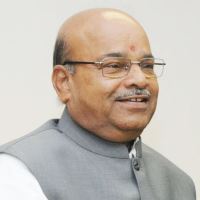
Hon’ble Union Minister,
Ministry of Social Justice and
Empowerment GOI

National Vice President
BJP & MP Rajyasabha

Hon'ble Union Minister (MOS)
for HRD (Higher Education)
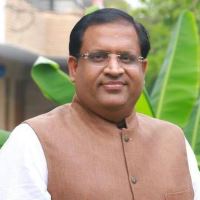
Hon'ble Ministry
for Industry and Commerce,
Govt of Haryana

MP Rajyasabha &
Film Actress

Hon'ble National Secretary ,
BJP
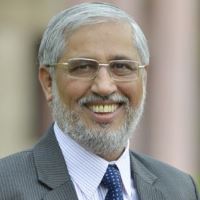
Hon'ble Chairman
AICTE
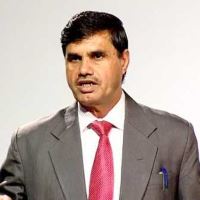
Hon'ble Vice Chairman
AICTE
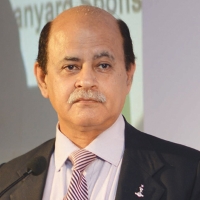
AVSM**,SM,VSM (Retd),
CEO, Telecom Sector Skill Council

Director General,
NHRD
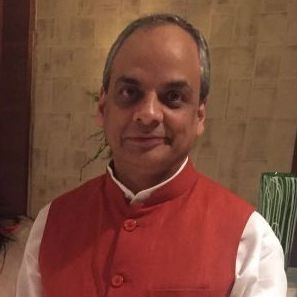
ADG, Directorate General of Employment, Ministry of Labour & Employment, Govt. of India
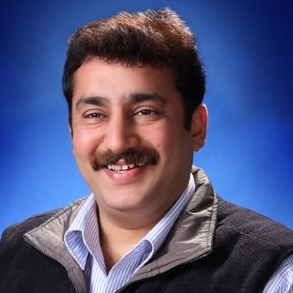
Chairman
E-Rickshaw Committee,
Ministry Of Road Transport and Highways,
Govt of India
The "Jobs Problem" in India, is the function of various forces acting in the economy. Though, adequate and qualitative jobs may only be created when a network of forces work together to address the challenge. These forces, on their own, will not be able to achieve the desired effects.
India’s youth demographic market produces 10-12 million job seekers a year, but only 10 % of them are actually employable due to insufficient education and training provisions. This percentage in nations like Japan, South Korea and Germany are 80%, 96% and 75% respectively. To top the world’s GDP list, India is in need of skilled labor much more than these countries since the youth ratio here is the largest. It is not for nothing that economists have estimated that India’s skills shortage constrains its GDP by as much as 2 points. The challenge is that India would need a skilled workforce of 400 million by 2020 for a sustained growth and behold we have only 3 years to execute it!
The IT industry, at present faces a combative struggle to find reasons to give or take away employment for underwhelming performance. The measures are indeed drastic topped up by visa rules resisting travel to other countries. Automation and also outdated syllabus in technical institutions are posing newer challenges to this otherwise promising sector.
In fact, in the recent past, many industry experts, surveys and even people from the industry has repeatedly emphasised on the need for upgrading the courses in engineering to make the fresh graduates more employable.
The common interaction model between academia and industry is that of producer-consumer – a relationship that has existed for long between the two sides. This relationship necessitates some collaboration as the consumer has to ensure that the output of the producer satisfies the needs to a large extent. Hence, one form of collaboration, which is more in the nature of a feedback loop, is for the industry to provide inputs back to the academic institutions regarding their perception or evaluation of their products.
In India, currently due to shortage of high quality trained manpower, there is another possible area of collaboration. It is clear that the engineering education system, the way it has evolved, is currently not in best of shape, and will require a lot of help to improve. And it is also clear that, though traditionally the Government was responsible for higher education, relying on the Govt alone will not solve the problem fast enough.